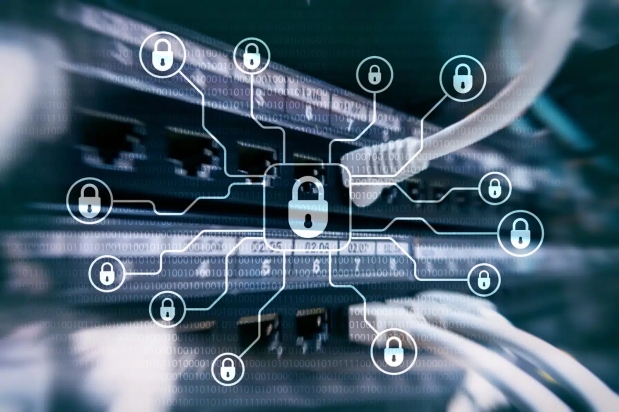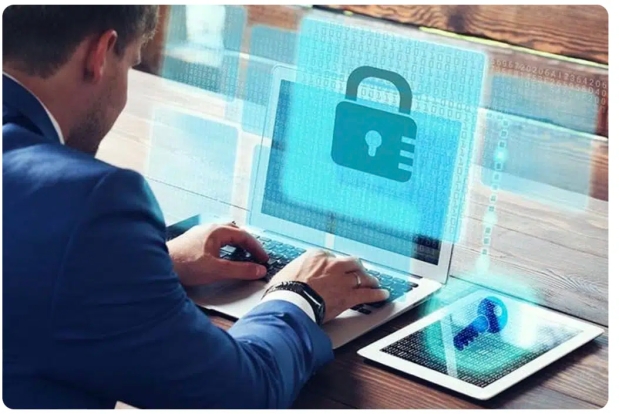Computer procedures are the steps that companies establish for their employees to follow in a variety of situations. There are procedures for management, IT staff, employees, and many overlaps between these groups. For example, if there’s a procedure for reporting a lost device, it will most likely be the same for all groups. Whereas, a disaster recovery procedure would only apply to IT staff. Just like the employee computer policies we have discussed prior, procedures should be reviewed and updated on an ongoing basis to meet the specific needs of your organization. In this article, our IT support team in NJ will go over the standard computer procedures every company should have, and provide recommendations on how to make these procedures “airtight” for your employees.
User account procedure provides IT technicians with a detailed scope of work in identifying who may request an action, what must be done to add a new user, disable a user, terminate a user’s account, and who must be notified. The larger the organization, it’s even more crucial that all steps are performed in a specified order and in a timely manner. For example, after terminating a user account, the technician may be required to take custody of the user’s company-issued laptop and mobile phone, and to notify security to have the employee’s name removed from the card access systems, front desk access, and vendor lists.
Configuration management procedure provides IT staff with a process to manage change in a network. It can include configuration modifications across all devices and updates to operating systems to maintain consistency throughout the enterprise. The process and protocols are unique to each network and the company’s specific needs.
Data back up and offsite storage procedure provides IT staff with details on what needs to be backed up, how it is backed up, where the archived data is stored in the network, and how it’s transported offsite. All of this must be identified in case of a malware infection, network, intrusion, or other disasters. You don’t want to risk putting your company in a predicament where the only backups are stored on a network that becomes encrypted or destroyed by water or fire. We highly recommend having multiple offsite backups that are managed by IT professionals.
Disaster recovery procedure. While data back up an offsite storage is a component of disaster. Recovery, it’s only a small fraction of it. Disaster recovery is utilized when a disaster strikes and equipment is ruined, a building is destroyed, or a company, for one reason or another, must’ve been in their current facility and reestablish their network quickly at another location. This procedure should cover where they might relocate to, what equipment needs to be moved, or purchased, what software needs to be purchased, and other logistics that must be identified before a disaster happens. The goal is to get operations up and running quickly at the new location, without encountering any delays.
Incident handling procedure. Many procedures fall under this category, and it’s for multiple groups. For example, if a network intrusion occurs, what steps should technicians take? If a ransomware infection is identified on the network, what is the procedure for network technicians? If an employee clicks on an attachment, and their computer starts acting strange, what do they do? An overview of potential incidence should be identified, and the procedure to follow for each scenario must be developed. For example, the employee whose computer is acting strange, the procedure may be to immediately pull the plug on the computer, powering it off. If you power it down, using the power button, the malware might stop or delay this shut down, causing additional harm. Manually pulling the plug stops the damage to the computers data, as well as the network.
Incident reporting procedure is not only for internal reporting purposes, but for external reporting as well. For example, if an employee’s laptop is lost or stolen, what steps do they take, and whom do they notify? If an intrusion leads to the release of PII and HIPAA data, what procedures should the network technicians follow, and whom do they notify ? There may also be reporting requirements, mandated by state and federal laws. This procedure should clearly state that IT technicians should notify their superior and the company’s legal team immediately.
Incident escalation procedure identifies when and who is contacted after specific incidents occur that have not been resolved, or may continue to cause harm without the assistance of upper management. While some of these procedures can be lengthy, others may provide a number to call, like the network provider support line, and a back up phone number if there is no answer when calling the first number.
Update Corporate Computer Procedures with Professional IT Technicians in NJ
We have provided you with a list of the bare minimum procedures that every company should have. But this list does not reflect all the computer procedures companies must have for their network. For instance, there are others that should cover encryption for traveling devices (laptops, tablets, and cell phones); prohibiting third-party computer repair shops from working on company devices that contain confidential, PII or HIPAA data; requiring virus mitigation on all devices; and the prohibition of personal devices at work and for work-related activities at any location. Remember that policies, procedures, and reviewing the management of the network are unique to each organization, which is why the legal and technical teams need to plan and work together.
If you need help amending the procedures above, or to create new procedures all together, please give the IT technicians at NSGI a call today or visit us at: https://www.nsgi.com/
*This article includes excerpts from “Pocket Guide for Investigating Ransomware and Network Intrusions” written by John Lucich, the Founder and CEO of Network Security Group, Inc and eForensix.
This blog was originally published at https://www.nsgi.com/what-computer-usage-procedures-should-be-mandatory-for-your-company/










